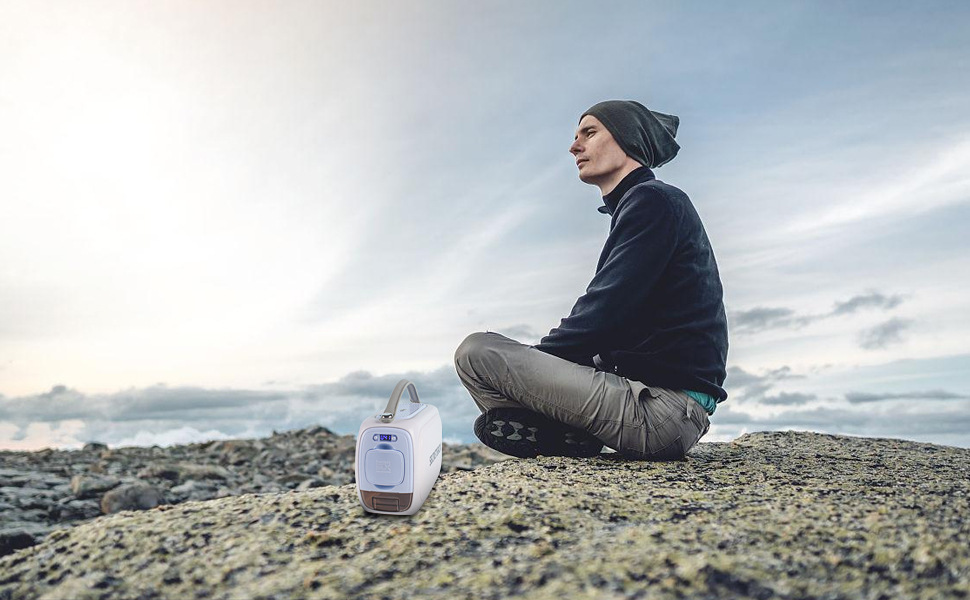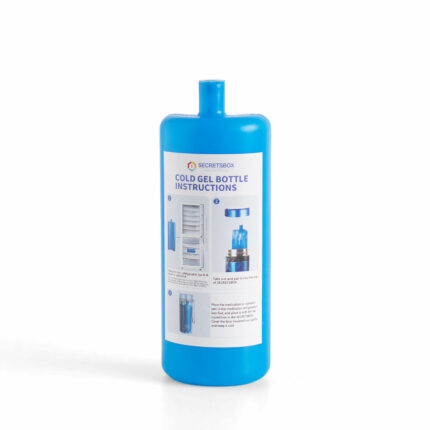Traveling with insulin that needs refrigeration requires careful planning to ensure the insulin remains effective throughout your journey. Here are detailed steps to follow:
Understand Your Insulin’s Temperature Requirements: Most insulins need to be kept cool at 2°C to 8°C (36°F to 46°F) before opening. After opening, many can be kept at room temperature (up to 25°C or 77°F) for a certain period. Check the specific requirements for your insulin.
Get a Medical Letter: Obtain a letter from your healthcare provider explaining your need to carry insulin and its accessories (like needles, test strips, etc.). This can be helpful during security checks, especially at airports.
Use a Cool Bag or Insulated Pouch: Invest in a good-quality insulin cool bag or insulated pouch. These are designed to keep insulin at the correct temperature for several hours or even days.
Consider Gel Packs or Fridge-To-Go Bags: Gel packs can be used in conjunction with insulated bags to keep insulin cool. Fridge-To-Go is a type of travel bag with built-in cooling technology that can be very effective.
Avoid Freezing the Insulin: Insulin should not be frozen. Ensure that ice packs or gel packs do not directly touch the insulin vials or pens.
Check Refrigeration Facilities: If traveling by plane, contact the airline to see if they can offer refrigeration facilities. For hotels, ensure your room has a mini-fridge.
Carry-On, Not Checked Luggage: Always carry your insulin in your carry-on luggage. Checked luggage can experience extreme temperatures and rough handling.
Keep an Insulin Temperature Monitor: Some travel bags come with temperature monitors. This can be a great way to ensure your insulin is being stored at the correct temperature.
Bring Extra Supplies: Always carry more insulin than you think you’ll need, along with extra batteries for pumps, extra needles, and test strips.
Stay Informed about Time Zone Changes: If crossing time zones, adjust your medication schedule accordingly. Consult your healthcare provider for advice on adjusting your insulin schedule.
Be Prepared for Security Checks: Be ready to explain your condition and show your medical letter at security checks. Insulin pumps and CGMs (continuous glucose monitors) might need special procedures.
Know Local Pharmacies and Hospitals: Familiarize yourself with pharmacies and hospitals at your destination in case of emergencies.
Travel Insurance: Ensure your travel insurance covers your diabetes and any related complications.
Remember to regularly monitor your blood sugar levels during the journey, as travel can affect your diabetes management. Safe travels!













